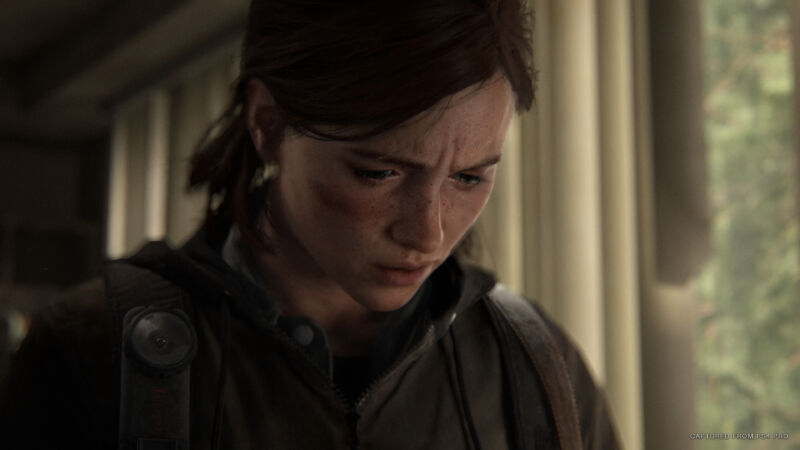The Last of Us Part 2 review: A less confident, less focused sequel

Enlarge / Ellie mimics the face I made in reaction to some of the more perplexing moments in the story.
From a narrative perspective, there’s no real need for The Last of Us Part 2 to exist. The gripping, tightly paced, very human tale told by the first game is an almost perfect example of self-contained video game storytelling. That game’s ending—where the “hero” condemns the world to continuing disaster out of love for a companion he has slowly grown to love like a daughter, all while betraying her wishes and shielding her from the truth—is a deeply affecting and thought-provoking moment that has resonated with gamers for seven years now. The idea of adding anything to that quietly confident, freestanding narrative package feels superfluous at best and gratuitous at worst.
But the difference between a happy ending and a sad one often depends on when you decide to stop telling the story. And it would admittedly be something of a waste to condemn The Last of Us’ top-notch world building to a single short game. Thus, we now have The Last of Us Part 2, a game that can't seem to decide if it wants to continue the core story of the first game or pull the camera back to provide a wider view of a fallen world still ravaged by the threat of the zombie-like Infected.
Nothing good can last
Things pick up four years after the events of the first game in the amazingly calm settlement of Jackson, Wyoming. After the almost overwhelming death and decay of the first game, it’s a shock to be thrown into a thriving community full of electricity, commerce, gossip, food and drink, and even happily playing children. Small groups still regularly patrol the perimeter to keep the Infected at bay, but humanity, it seems, has gained a bucolic foothold.
Read 25 remaining paragraphs | Comments
from Gaming & Culture – Ars Technica https://ift.tt/2UAGZra